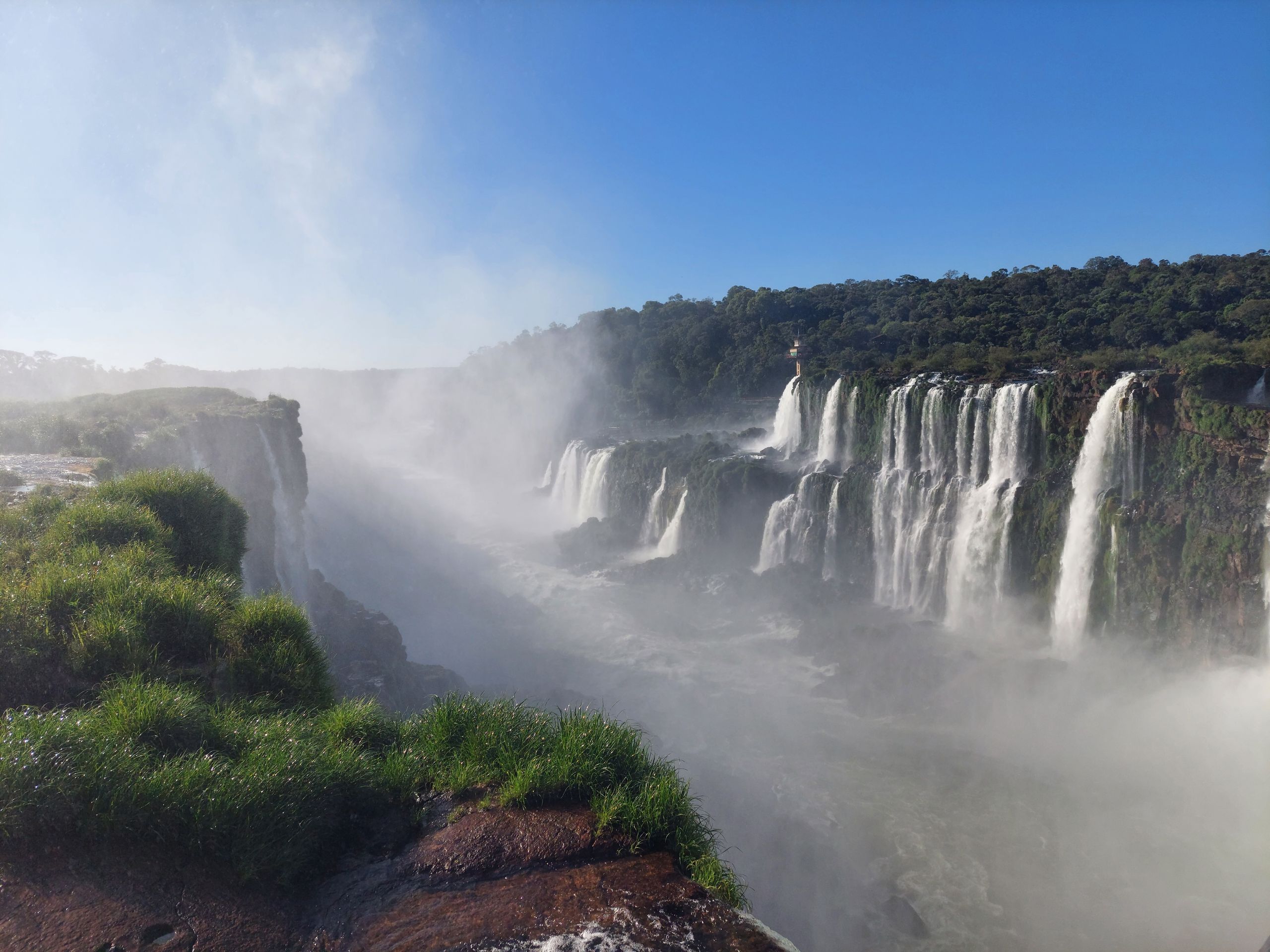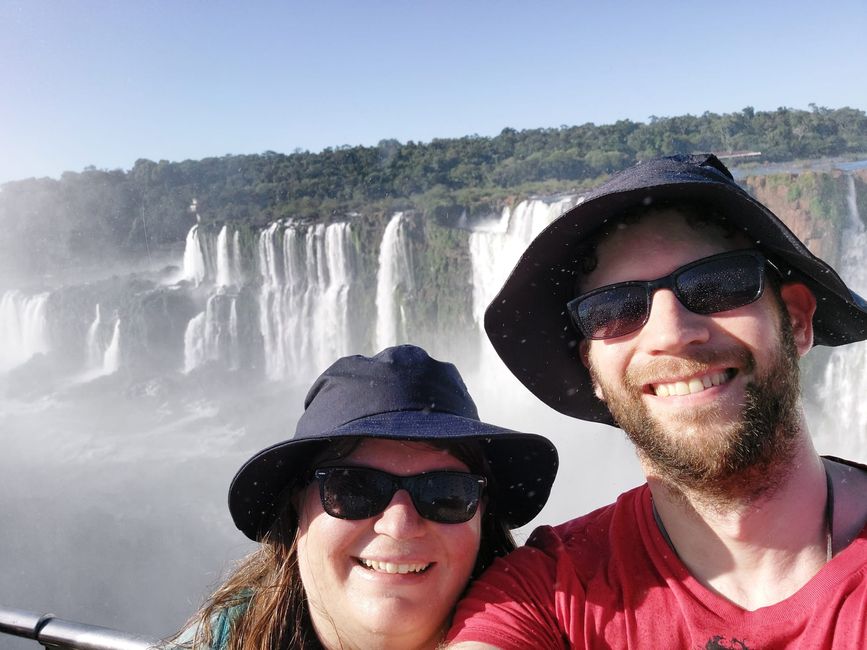Mendoza and final thoughts on Argentina
شايع ٿيل: 03.05.2023
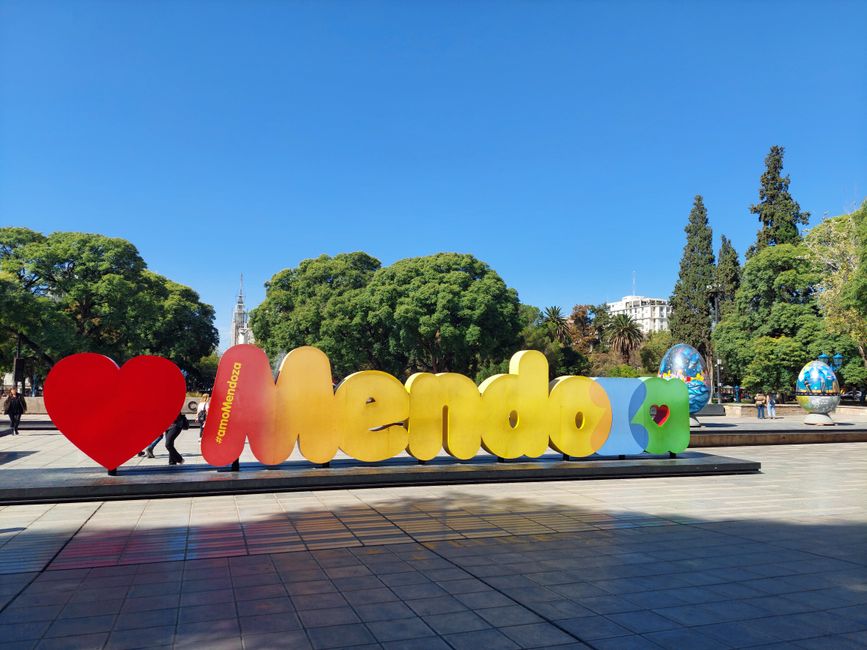
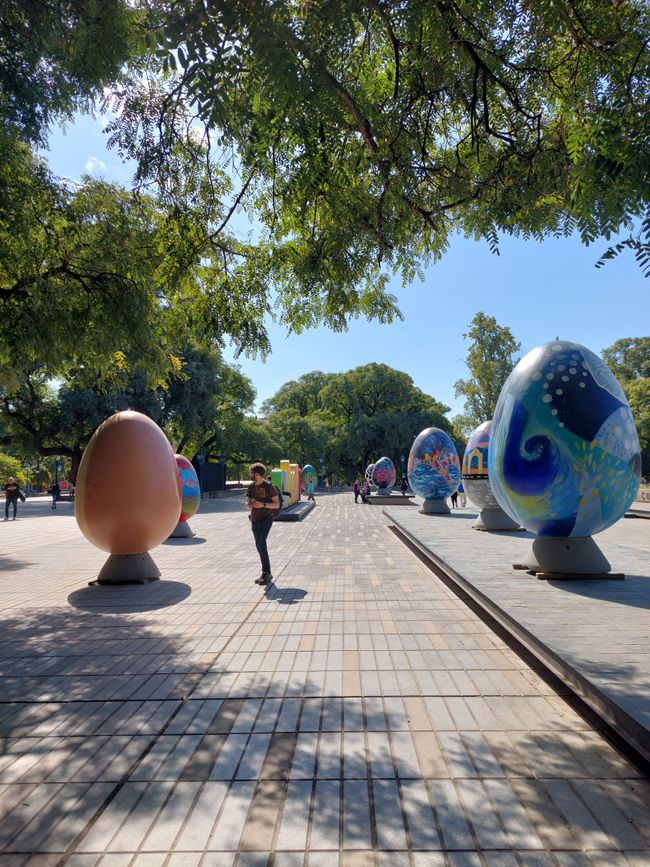
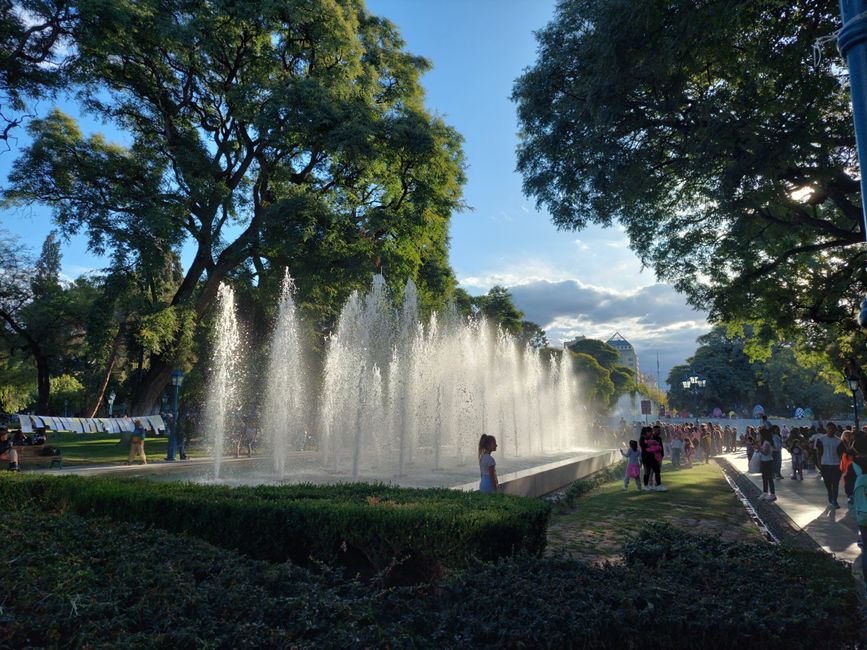
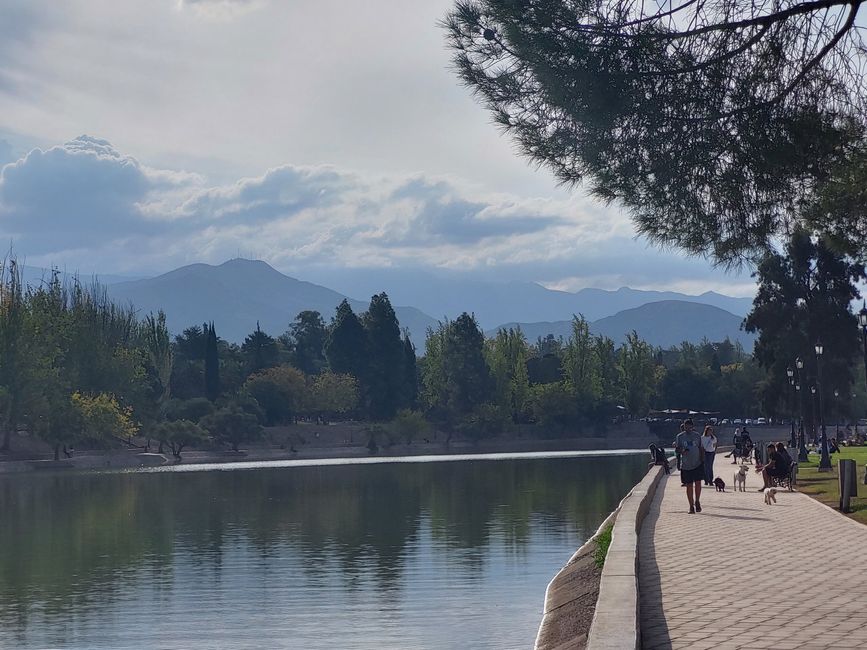
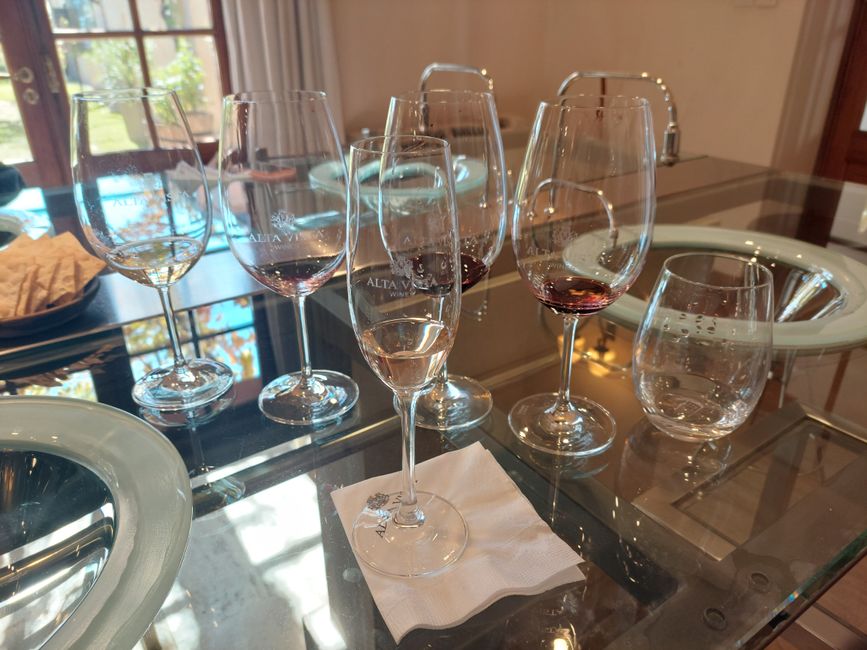
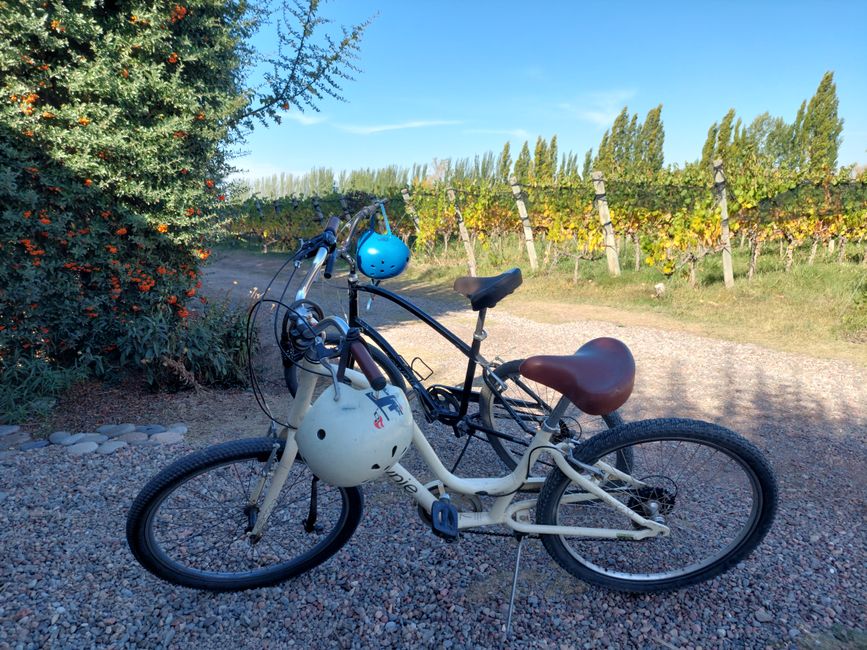
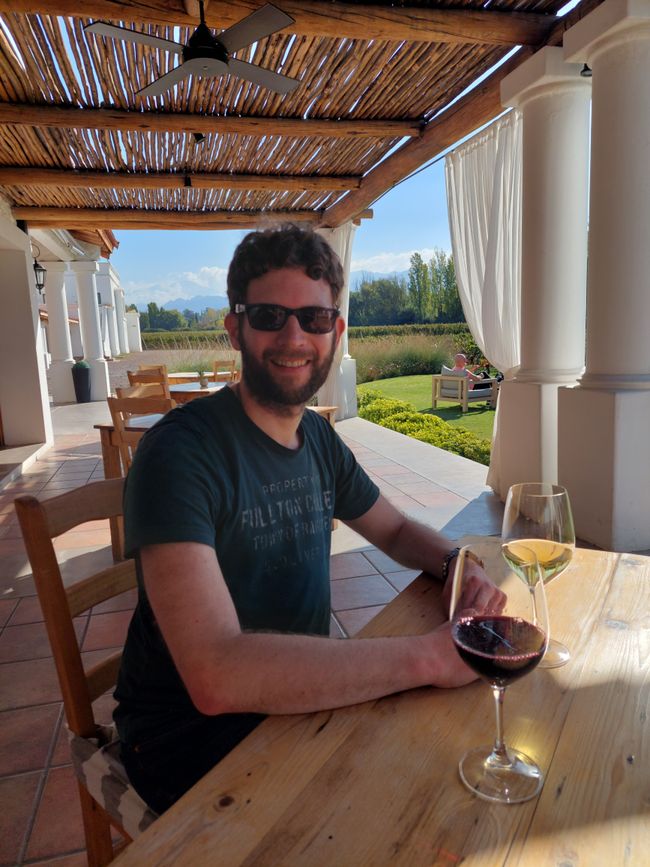
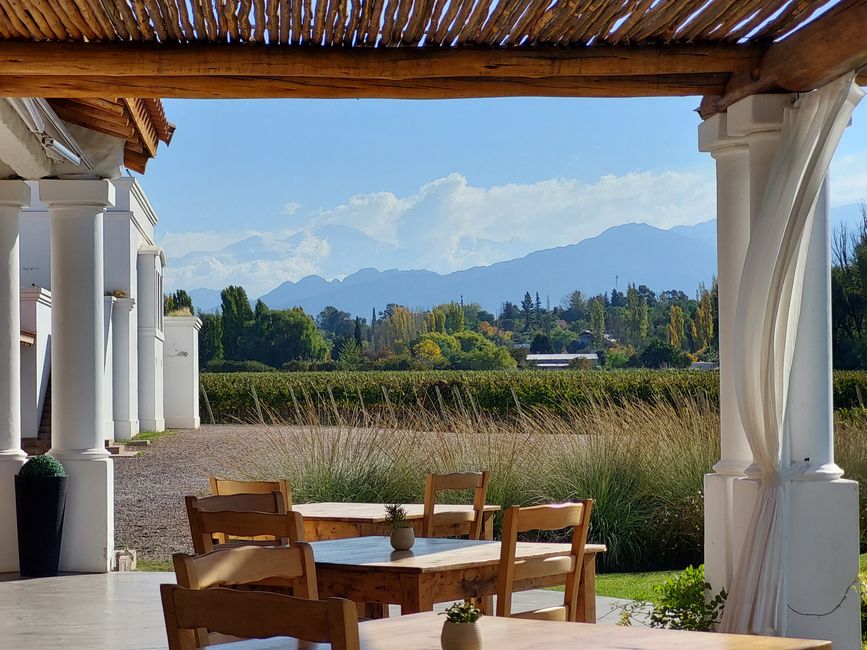
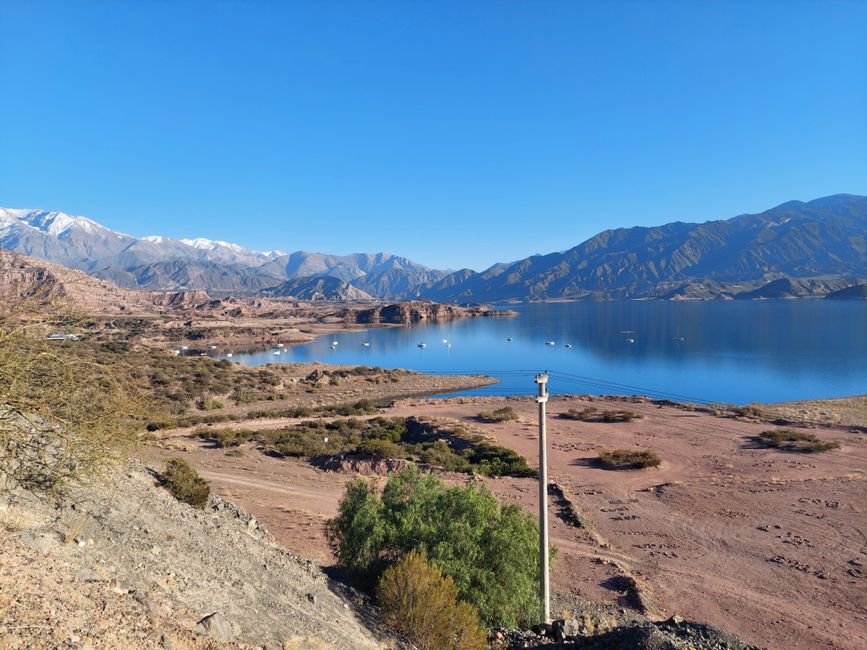
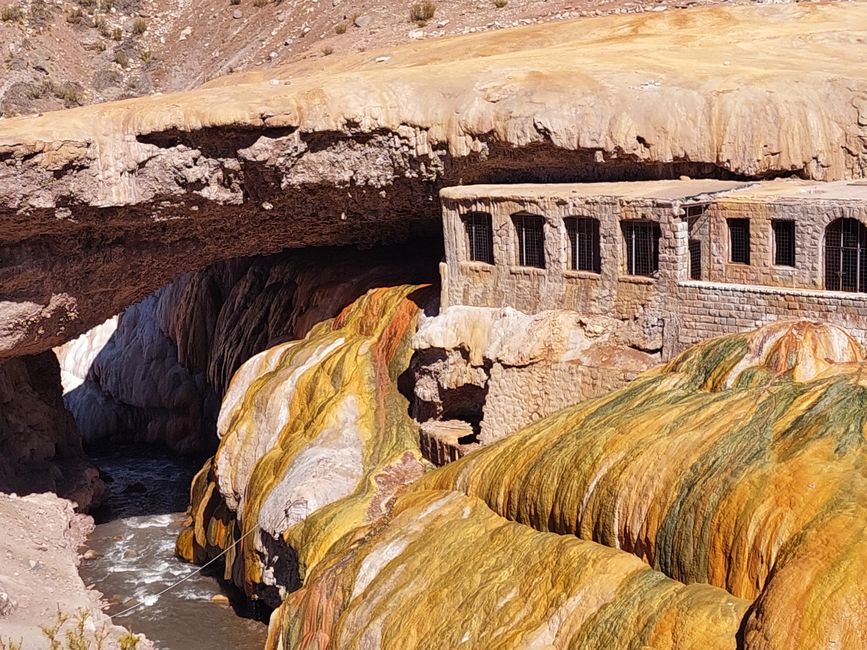
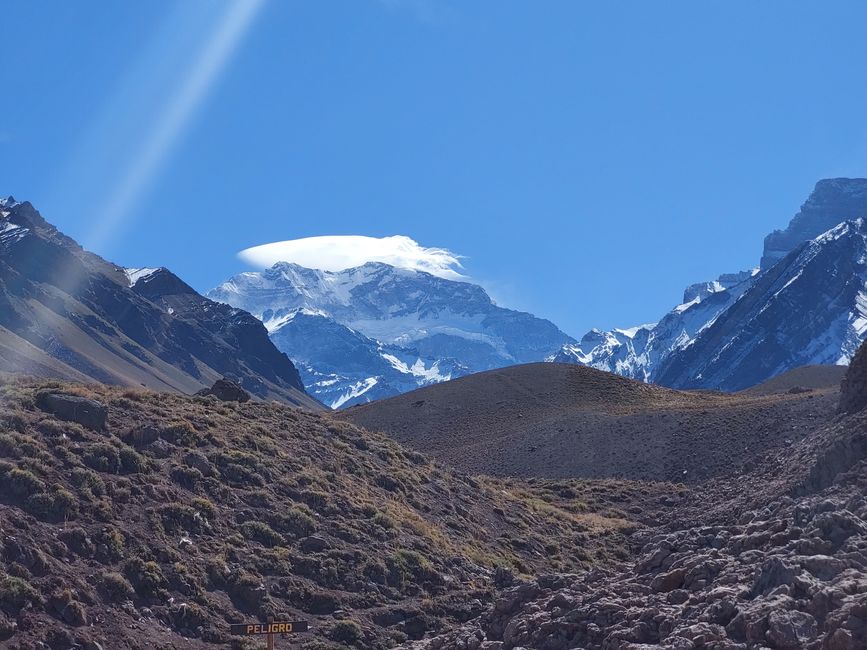
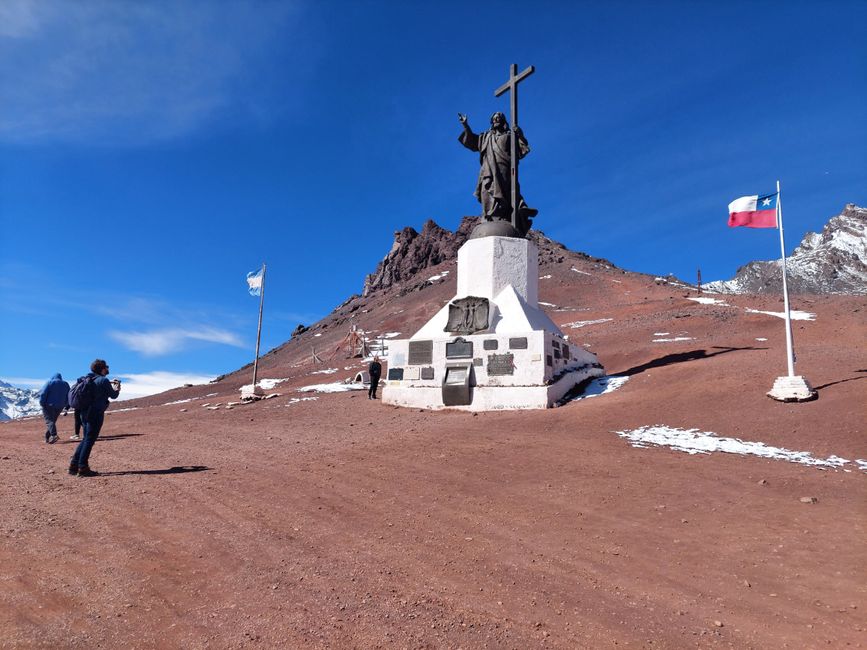
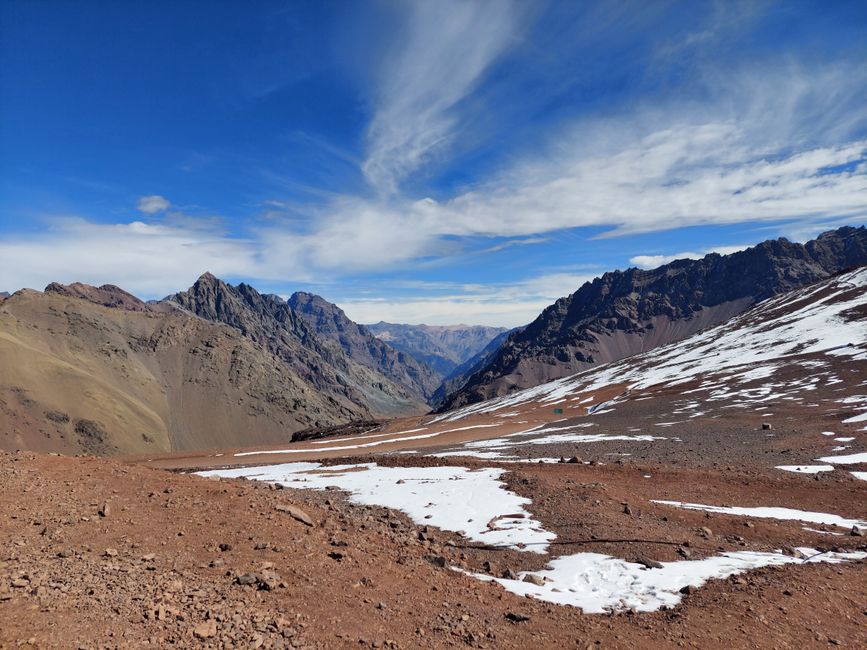
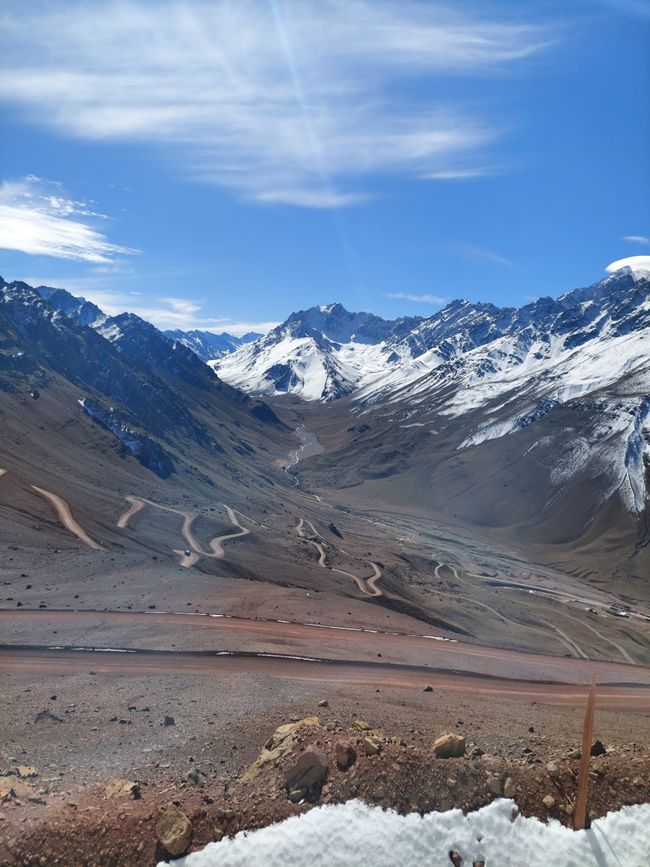
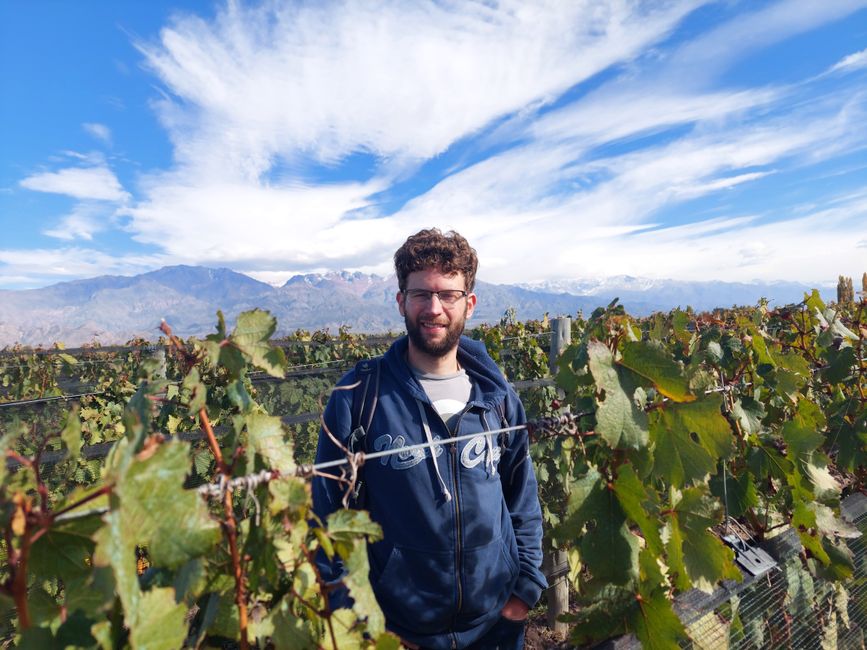
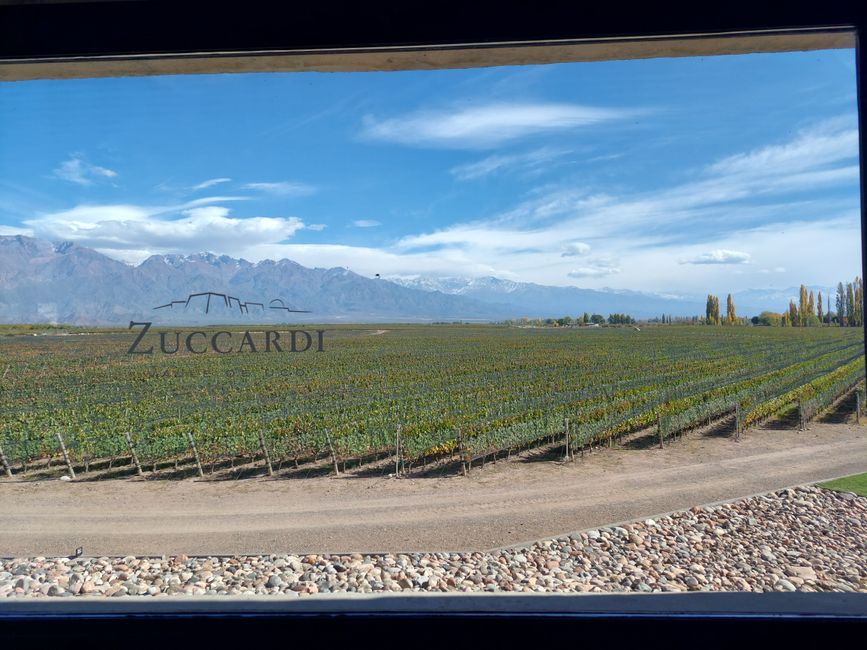
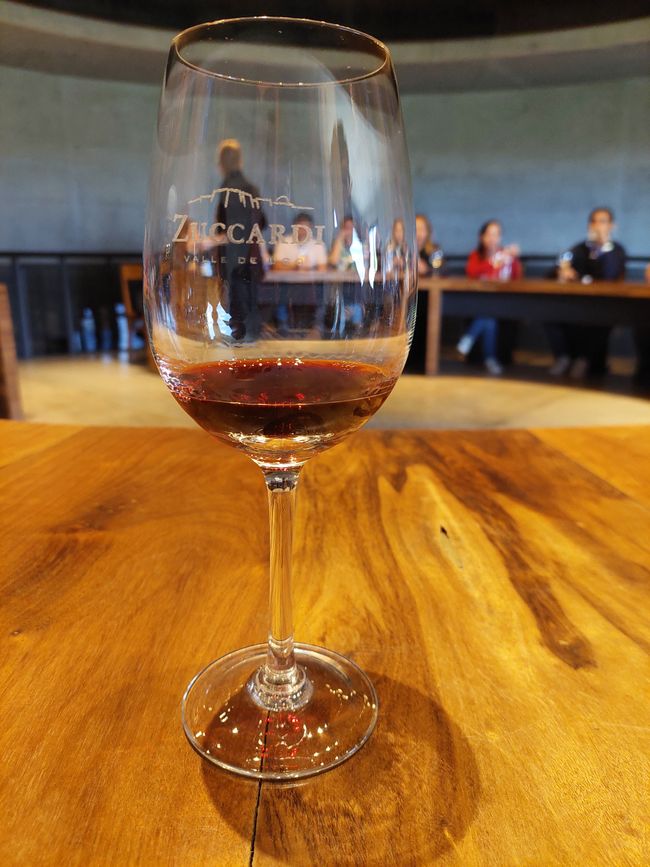
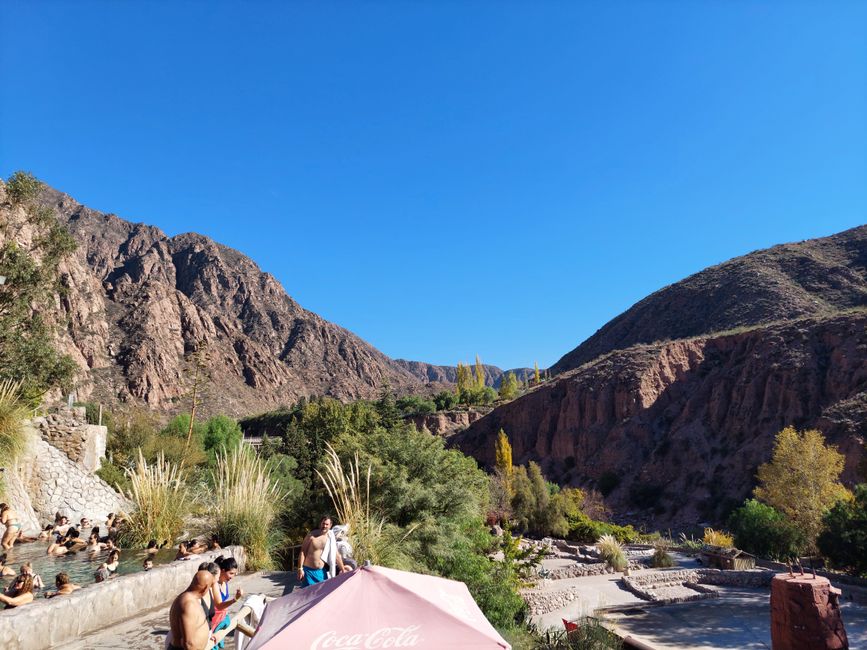
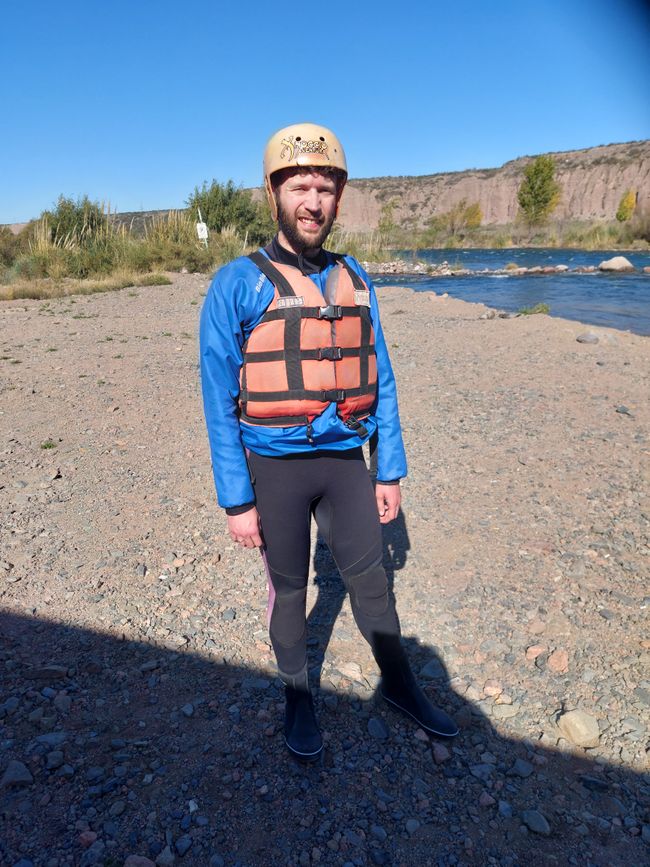
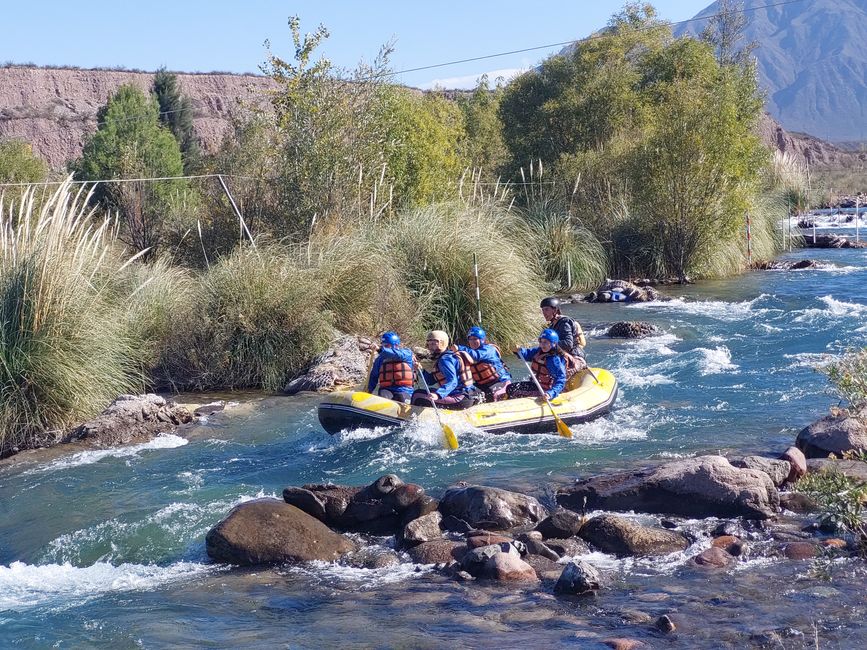
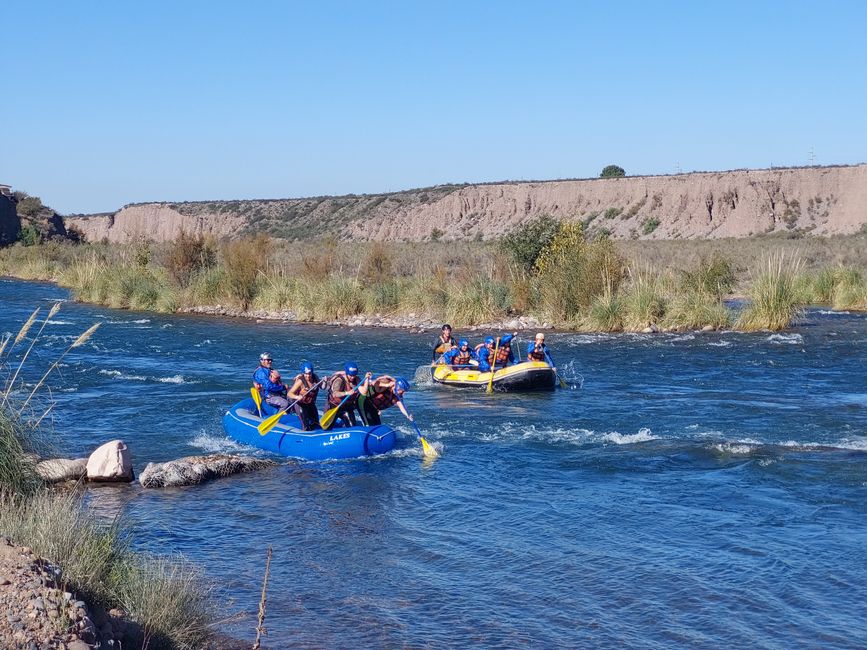
نيوز ليٽر جي رڪنيت حاصل ڪريو
We have reached our last stop in Argentina with Mendoza. Originally, we had planned to visit Salta in the north before Mendoza. However, there is currently a major dengue fever outbreak in the region. Since Judith had dengue in Thailand a few years ago and we know from experience that it is not fun and a second infection with a different subtype can be more dangerous, we prefer not to take this risk. However, we are keeping the option open to visit Salta from northern Chile if the dengue situation improves. There is no dengue fever in Chile, so we don't have to worry about it now that we're in Chile.
Now, let's talk about Mendoza: Mendoza is located in an oasis in the Andes, which exists due to the melting glacier water from the Andes. A lot of wine is produced in this region and the surrounding oases. So in Mendoza, there are mainly two things you can do: drink wine and visit the Andes. We enjoy both, so Mendoza is our longest stay so far (one night longer than in Buenos Aires and Cordoba).
After a relatively relaxing bus ride during the day with only about 30 minutes delay, we arrived in Mendoza on Friday evening. At first, we had some trouble figuring out the public buses, but a nice lady helped us by finding a bus for us. This way, we also arrived safely at our accommodation, Hostel Kuyuk, a very small hostel with very nice owners. It was already quite late when they showed us everything and we tried to pay with a card, but unfortunately, it was not possible because we don't have a DNI (National Identity Document) and also no other identification that consists only of numbers. So we went to eat something at the McDonald's around the corner - hopefully the last time on the trip. At least the burgers actually filled us up - they were also double, but maybe even McDonald's burgers here are bigger and more meaty than ours.
The next day, we wanted to start the day calmly and first book excursions for the next few days and the bus to Santiago de Chile. But nothing worked on that day - either the website didn't work, we needed a DNI again, or we had to pay in dollars, which would double the prices (see our post about Buenos Aires where we write about the money situation in Argentina). So we went to the tourist information office, hoping to book a wine tour for the next day. Unfortunately, we were not successful there either, so we decided to stay one more day and sleep in on Sunday. After the unsuccessful visit to the tourist information office, we took a free walking tour through Mendoza, which was very informative but included the fewest sights, probably because Mendoza is more known for wine and the Andes than for the city itself.
The next day, we tried again to book a bus to Santiago de Chile as our next destination and an excursion to the Andes in the city. However, on Sunday, this was unsuccessful due to the closed shops. We treated ourselves to a lavish brunch and walked to San Martín Park, a huge park in the west of Mendoza, where we strolled comfortably through the park and enjoyed the first real view of the Andes. Then we went to the bus station, where we could book tickets to Santiago and tickets for a wine tour, even though it was Sunday. Sebastian had also managed to book a visit to the thermal baths with a rafting trip by simply providing a random 8-digit number instead of a DNI, which allowed him to pay for the booking as well. Since a few days had passed without many vegetables, we had planned to have a vegetarian meal in the evening. But just as we were about to go to a restaurant, the hostel owner asked if we wanted to have a barbecue with them and two other guests from Belgium. We accepted the invitation, and it turned out to be a really nice evening with plenty of beer and the best meat we had eaten in Argentina. So once again, we didn't get to have a vegetarian meal, but at least there was some vegetables... And there was a lot of conversation in Spanish. We even discussed gendering in Spanish :) And when we asked the hostel owner what he wanted for the barbecue, he said that we were invited, which matched their overall very nice way of hosting. So if anyone needs accommodation in Mendoza, we can highly recommend Hostel Kuyuk.
The next day, we went to the tour operator for the Andes tour, so we had actually managed to book everything we wanted to do in Mendoza. Then we took a tiny bus to Lujan de Cuyo, where we rented two bikes. With these bikes, we first visited a winery, where we got a private tour because there were no other guests, and then we did a wine tasting. We continued with the bikes, always with a view of the Andes and under the sun, to another winery. But just before, Judith's bike suddenly stopped. The rear wheel was blocked and couldn't be moved anymore. We checked the brakes, which were fine, and then Sebastian tried to move the rear wheel with a little more force. Suddenly, there was a loud bang and the rear axle broke apart. So we pushed the bikes the last bit to the winery, where we could only speak to someone through an intercom. They told us that the winery was only open for sales today and not for visits. We explained our bike problem there, and kindly, they called the bike rental for us. We waited in the shade, and the rental provider quickly arrived with two more bikes (he didn't know which one was broken), exchanged the bike, and said that it was no problem at all. And so we continued with two bikes that moved as they should, to another winery. There, we each had a glass of wine on the terrace, enjoyed the view of the Andes, and the fact that we were able to ride again. The bikes then safely brought us back to the rental shop and the minibus back to Mendoza.
The next day, we got up very early as we were picked up for the Andes tour. We took the minibus through beautiful landscapes to some highlights: Puente del Inca, a rock formation where the rock is colorful due to a sulfur-rich spring, Aconcagua, the highest mountain in the Americas, a reservoir, and finally Cristo Redentor de los Andes. This statue is located at almost 4000m altitude on the border between Argentina and Chile, and to get there, you have to drive over 1000 meters in altitude on a gravel road in switchbacks. The guide, who by the way explained everything in English just for the two of us, said that it might be the last day they could drive up there because there might be too much snow afterwards. The drive was very spectacular, but at least Judith was very glad when we were back down again. We really enjoyed the day and were very impressed!
The next day, it was wine time again. This time, we took the organized tour to Valle de Uco, where we visited two wineries. At the first winery, we had a guided tour and wine tasting. The wine was good, but very little, and overall it seemed to us that there was a lot of show going on. For example, a highlight of the tour was a large stone in the wine cellar that was illuminated from above (why?!). At the second winery, we liked it better. There, we had a 4-course menu with wine pairing, and there was plenty of wine. The landscape around the winery was beautiful, with a great view of the Andes. During the tour of the winery, we also tasted wine directly from the barrel, and then we drove back to Mendoza slightly tipsy and a bit tired.
On our last day in Mendoza, we visited the Cacheuta thermal baths in the mountains. We were picked up in the city for this. The drive made us a bit nervous because the car kept beeping, even after the driver had inflated a tire at a gas station. But maybe that was also because the driver had repeatedly unbuckled and buckled up again during the drive into the mountains. Anyway, we arrived safely again this time as well. In the thermal baths, there were several outdoor and indoor thermal pools with different temperatures. We relaxed in the pools for two rounds, and it was only unusual that there were stray dogs in the thermal baths. In the afternoon, Sebastian had booked a trip from the thermal baths to go rafting. Judith had planned to stay in the thermal baths, but the organizer suggested that she join the rafting trip and watch, so that we could drive back to Mendoza directly from there and Sebastian wouldn't have to be taken back to the thermal baths. We thought the idea was good, so we went together to the rafting trip. Sebastian was in a boat with three very nice Chileans and a guide who explained everything to Sebastian in English as well. The rafting here was relatively easy but just right for Sebastian's first time, and it was a lot of fun. Judith stayed with the bus driver the whole time, who was also the photographer for the tour operator, so she could take pictures at the same spots as him and welcome Sebastian back at the end point. The return trip to Mendoza was then done by the rafting operator and fortunately not by the driver from the outward journey. So this excursion was a lot of fun for both of us, and we were ready to leave Mendoza the next day and go to Santiago de Chile.
So we have now spent a total of 3.5 weeks in northern Argentina. The season was perfect for it - except in Puerto Iguazu, where it was hotter and rained for one afternoon, we always had temperatures of about 23-26°C and no rain. We had mixed feelings about the food, the meat was often too fatty for us, and it was not always easy to find vegetarian alternatives. But we at least visited a vegetarian or vegan restaurant in each place, so it was definitely possible. Understanding Argentine Spanish was not always easy because there are some differences in pronunciation. For example, the word 'yo' (I) is not pronounced as 'jo' as we know it, but as 'scho'. Letters at the end of words are often omitted, and we will probably never know if people in Buenos Aires said 'Hola, buenos tardes' (Hello, good evening) or 'Hola, como estan' (Hello, how are you) more often to us. Sebastian always understood the former and wondered why Judith, who understood the latter, answered 'very well, thank you'. The Italian influence is not only noticeable in the food but also in the intonation, which is more similar to the Italian language than to Spanish. We have already written about the peculiarities of dealing with money in several places. It is worth mentioning that card payments were often only possible with debit cards and not with credit cards. This was the first time for us that it was positive that our bank replaced fee-free Visa credit cards with Visa debit cards over a year ago for cost reasons. If we understand correctly, debit cards should also be less risky for merchants as they immediately receive the money directly from the customers. However, in Germany, we sometimes have problems with that. In Argentina, it seems to be the other way around, and since we have both credit and debit cards with us, we are hopefully prepared for all situations where we don't have to carry cash.
نيوز ليٽر جي رڪنيت حاصل ڪريو
جواب
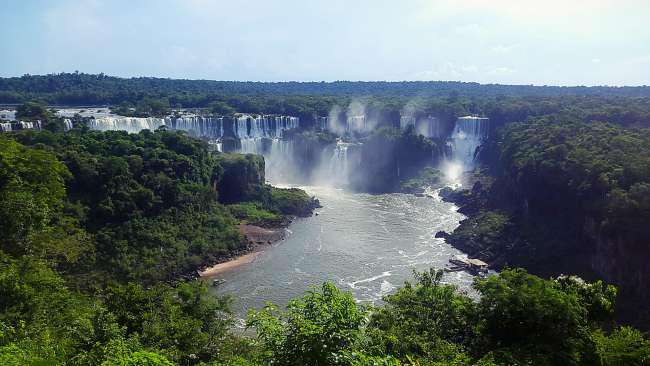
سفر جون رپورٽون ارجنٽينا
